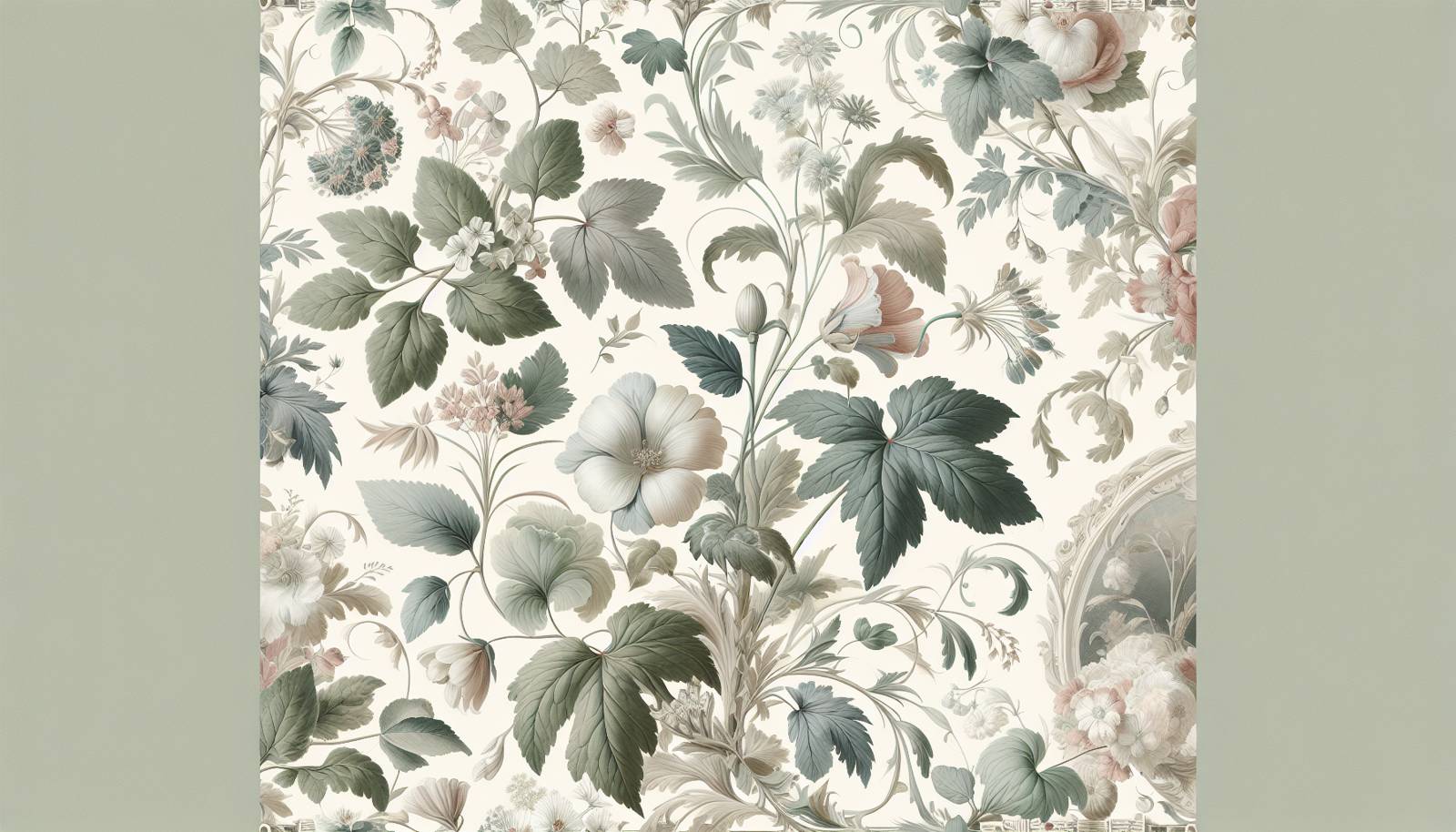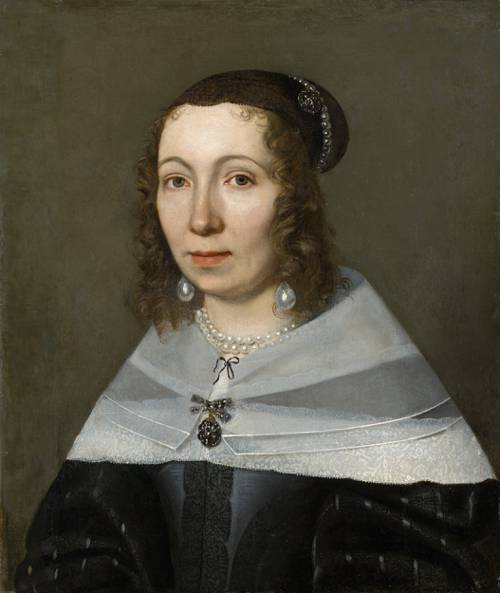
FAQ About Maria Sibylla Merian

Who was Maria Sibylla Merian?
Maria Sibylla Merian was a pioneering 17th-century German naturalist, entomologist, and scientific illustrator. Born on April 2, 1647, she is best known for her detailed observations and illustrations of butterflies and other insects. Her work was crucial in furthering understanding of metamorphosis and ecological interactions.

What is Maria Sibylla Merian famous for?
Maria Sibylla Merian is renowned for her groundbreaking work in illustrations and scientific documentation of insects, particularly butterflies. She was among the earliest to document and illustrate butterfly life cycles from caterpillar to adult, significantly advancing the understanding of metamorphosis during her time.

What significant contributions did Maria Sibylla Merian make to science?
Maria Sibylla Merian made several key contributions to science, especially in entomology. Her detailed studies and illustrations demonstrated the process of metamorphosis of butterflies, contradicting the then-prevailing belief in spontaneous generation. Her work also highlighted the ecological relationships between insects and their host plants.

What was unique about Maria Sibylla Merian's approach to studying insects?
Maria Sibylla Merian's approach was unique because she studied live insects in their natural environment, a rarity for her time. She meticulously documented the life cycles and interactions of insects with plants, providing insights into complex ecological relationships, and used her skills as an artist to produce detailed and accurate illustrations.

How did Maria Sibylla Merian influence the field of entomology?
Maria Sibylla Merian influenced the field of entomology by transforming how insects were studied and illustrated. Her detailed observations and documentation of the life cycles of butterflies challenged existing theories and laid the foundation for modern entomological research. Her work emphasized the importance of studying living organisms in natural settings.

What are some of Maria Sibylla Merian's most famous works?
Among Maria Sibylla Merian's most famous works is 'Metamorphosis Insectorum Surinamensium,' a groundbreaking book that documented and illustrated the insects and plants of Surinam. Another notable work is 'Der Raupen wunderbare Verwandelung und sonderbare Blumennahrung,' focusing on the metamorphosis of European caterpillars and their host plants.

Why is 'Metamorphosis Insectorum Surinamensium' important?
'Metamorphosis Insectorum Surinamensium' is significant because it was one of the first illustrated books based on direct observation of the life cycles of South American insects. Published in 1705, it brought attention to the natural beauty of these creatures and challenged contemporary understandings of insect development.

What challenges did Maria Sibylla Merian face during her career?
Maria Sibylla Merian faced several challenges, including gender biases in the male-dominated fields of science and art. Additionally, her ambitious trip to Surinam at age 52 was fraught with difficulties, including harsh traveling conditions and health risks. Despite these challenges, she persevered and produced groundbreaking work.

How did Maria Sibylla Merian conduct her research in Surinam?
In Surinam, Maria Sibylla Merian conducted her research by observing and documenting the local insect fauna and flora. She collected specimens and recorded the life cycles of various insects, particularly focusing on the ecological relationships between them and the plants they inhabited. Her work involved both field observations and detailed illustrations.

What impact did Maria Sibylla Merian's work have on future generations of scientists and artists?
Maria Sibylla Merian's work inspired generations of scientists and artists by demonstrating the importance of combining scientific observation with artistic depiction. Her meticulous documentation and illustration style influenced many natural history illustrators and contributed to a deeper public appreciation and understanding of biodiversity.

Where can Maria Sibylla Merian's original works be viewed today?
Maria Sibylla Merian's original works, including her illustrations and manuscripts, can be viewed in several museums and libraries around the world, including the British Museum in London, the Royal Collection at Windsor, and the Herzog August Library in Germany. They are often featured in exhibitions of historical natural history art.

What was Maria Sibylla Merian's early life like?
Maria Sibylla Merian was born into an artistic family in Frankfurt, Germany. Her father, Matthäus Merian, was a renowned engraver and publisher. After his death, her mother remarried the still-life painter Jacob Marrel, who encouraged Maria's interest in art and nature. She began collecting and studying insects at a young age, combining her artistic talents with her scientific curiosity.

How did Maria Sibylla Merian's work change perceptions of women in science?
Maria Sibylla Merian's work challenged traditional perceptions by demonstrating that women could contribute significantly to scientific knowledge. Her accomplishments in a male-dominated field during the 17th century paved the way for future women scientists and illustrators, highlighting their potential to impact science and the arts.

What techniques did Maria Sibylla Merian use in her illustrations?
Maria Sibylla Merian used detailed observation and meticulous painting techniques to create her illustrations. She employed watercolor and gouache for their vivid color and applied them on parchment to achieve a realistic depiction of insects and plants. Her scientific accuracy and artistic skill made her illustrations stand out during her time.

Did Maria Sibylla Merian receive recognition for her work during her lifetime?
Maria Sibylla Merian did receive some recognition for her work during her lifetime, particularly among contemporary naturalists and collectors who appreciated her detailed observations and illustrations. However, broader recognition, especially in the scientific community, grew more significantly after her death as her contributions to entomology were fully realized.

What motivated Maria Sibylla Merian to travel to Surinam?
Maria Sibylla Merian was motivated to travel to Surinam by her desire to study exotic insects in their natural environment, furthering her understanding of metamorphosis and ecological interactions. This journey was driven by her passion for science and art, despite the significant personal and financial risks involved in such an expedition at that time.

How has Maria Sibylla Merian’s work been preserved and celebrated over the years?
Maria Sibylla Merian’s work has been preserved and celebrated through collections in major museums and libraries, scientific studies, and numerous books and exhibitions highlighting her contributions. Modern entomologists and artists continue to recognize her influence, and her life and work are frequently included in historical retrospectives of women in science.

What were some of the ecological insights gained from Maria Sibylla Merian's work?
Maria Sibylla Merian's observations of insects and plants led to significant ecological insights, particularly regarding the life cycles and feeding relationships between species. Her work documented the interdependence between insects and their host plants, providing early evidence of what we now understand as ecological balance and biodiversity.

How did Maria Sibylla Merian's artistic background influence her scientific work?
Maria Sibylla Merian's artistic background significantly influenced her scientific work by enabling her to create detailed and accurate illustrations of the subjects she studied. Her artistic skills helped convey complex biological processes in an accessible and visually appealing manner, bridging the gap between art and science.

What legacy did Maria Sibylla Merian leave behind?
Maria Sibylla Merian left a legacy as a trailblazer in naturalist studies and scientific illustration. Her pioneering work in documenting the life cycles of insects provided foundational knowledge for the field of entomology and continues to inspire both scientists and artists. Her life also represents a story of perseverance and passion for discovery.
